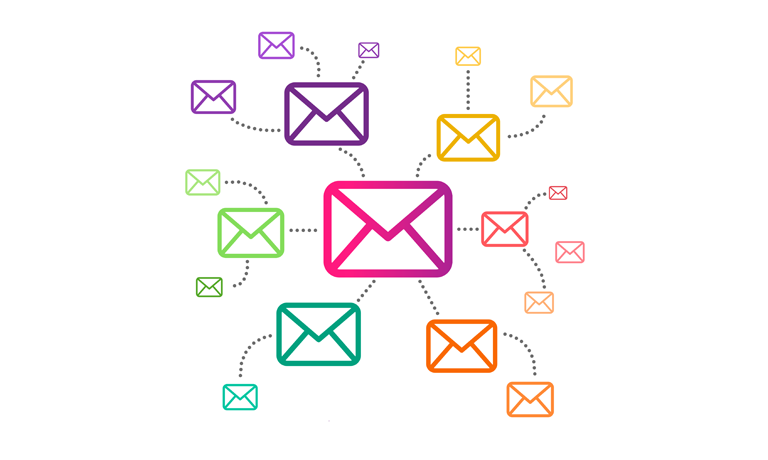Instructors
E-Mail Management
Description:
The course was designed to cover critical business and professional development topics in the shortest time possible. With a wealth of hands-on exercises, the course keeps you engaged and help you retain critical skills.
Keep your Inbox under Control
Enhance productivity. Save time. Access information quickly. This is everything e-mail once promised — before it became the labor-intensive, time-consuming daily grind it is today. You can get all the benefits back by following 50 simple steps. You can help your entire company get back on track.
Duration: One day
Table of Contents:
Part 1: Taking Control of Incoming E-Mail
Easing Congestion in Your Inbox
Tip 1: Set Your Own Personal E-Mail Usage Policy
Tip 2: Set Auto Send/Receive to Limit Interruptions
Tip 3: Analyze Incoming Messages with a Critical Eye
Tip 4: Don’t Succumb to an E-Mail Sender’s Crisis
Tip 5: Acknowledge Legitimate E-Mail Promptly
Tip 6: Set Up Folders to Organize E-Mail
Tip 7: Purge Insignificant E-Mail at Day’s End
Tip 8: Clear Inbox Clutter
Tip 9: Reduce Spam Intake
Tip 10: Delete Spam As Soon As It Arrives
Tip 11: Subscribe with Care to E-Mail Lists
Tip 12: Add a Smartphone to Your Management Toolbox
Tip 13: Minimize Personal E-Mail Use at Work
Tip 14: Assign a “Gatekeeper” to Handle Your E-Mail
Tip 15: Challenge Yourself to Disconnect
Tip 16: Check E-Mail on Sunday to Jump Start the Workweek
Part Summary
Part 2: Automating E-mail Management with Microsoft Outlook(r)
Applying Outlook to Your Inbox
Tip 17: Visit Microsoft Office Online for Expert Advice
Tip 18: Skim Messages for Fast Action
Tip 19: Flag Messages for Follow-Up
Tip 20: Arrange Incoming Messages by Conversation
Tip 21: Perform E-Mail Magic with the Rules Wizard
Tip 22: Find E-Mail Quickly with Search Folders
Tip 23: Archive E-Mail with Outlook
Part Summary
Part 3: Managing Your Outgoing E-Mail
Respecting Others’ Time
Tip 24: Determine the Right Medium for the Message
Tip 25: E-Mail Less and Build Better Relationships
Tip 26: Reply Courteously-and Sparingly
Tip 27: Copy with Care
Tip 28: Use Bcc to Control Replies
Tip 29: Write Subject Lines with Real Oomph!
Tip 30: Streamline Your Messages
Tip 31: Set up an Electronic “Signature”
Tip 32: Use Caution When Forwarding E-Mail
Tip 33: Mind Your Electronic Manners
Tip 34: Keep Instant Messaging (IM) Professional
Tip 35: Don’t Be a BlackBerry Bully
Tip 36: Send Business Records via Registered Email(r)
Part Summary
Part 4: Establishing Organizational E-Mail Management Policies
Controlling Clutter by Controlling Employee E-Mail
Tip 37: Set Limits on Personal E-Mail Use
Tip 38: Establish an E-Mail Response-Time Policy
Tip 39: Establish Controls for Internal E-Mail
Tip 40: Introduce a Weekly “No E-Mail Day”
Tip 41: Develop Writing Style Guidelines
Tip 42: Minimize Litigation Risks
Tip 43: Train Employees in E-Mail Management
Tip 44: Place Limits on Instant Messaging (IM)
Tip 45: Don’t Get Bogged Down by Blogging
Tip 46: Apply Technology to Force Inbox Emptying
Tip 47: Ban Smartphones from Business Meetings
Tip 48: Discipline Violators of E-Mail Policy
Tip 49: Install Content-Management Tools
Tip 50: Install Content-Security Tools
Part Summary
Appendix
Summary
Glossary of E-Mail Terms
Course Reviews
No Reviews found for this course.

